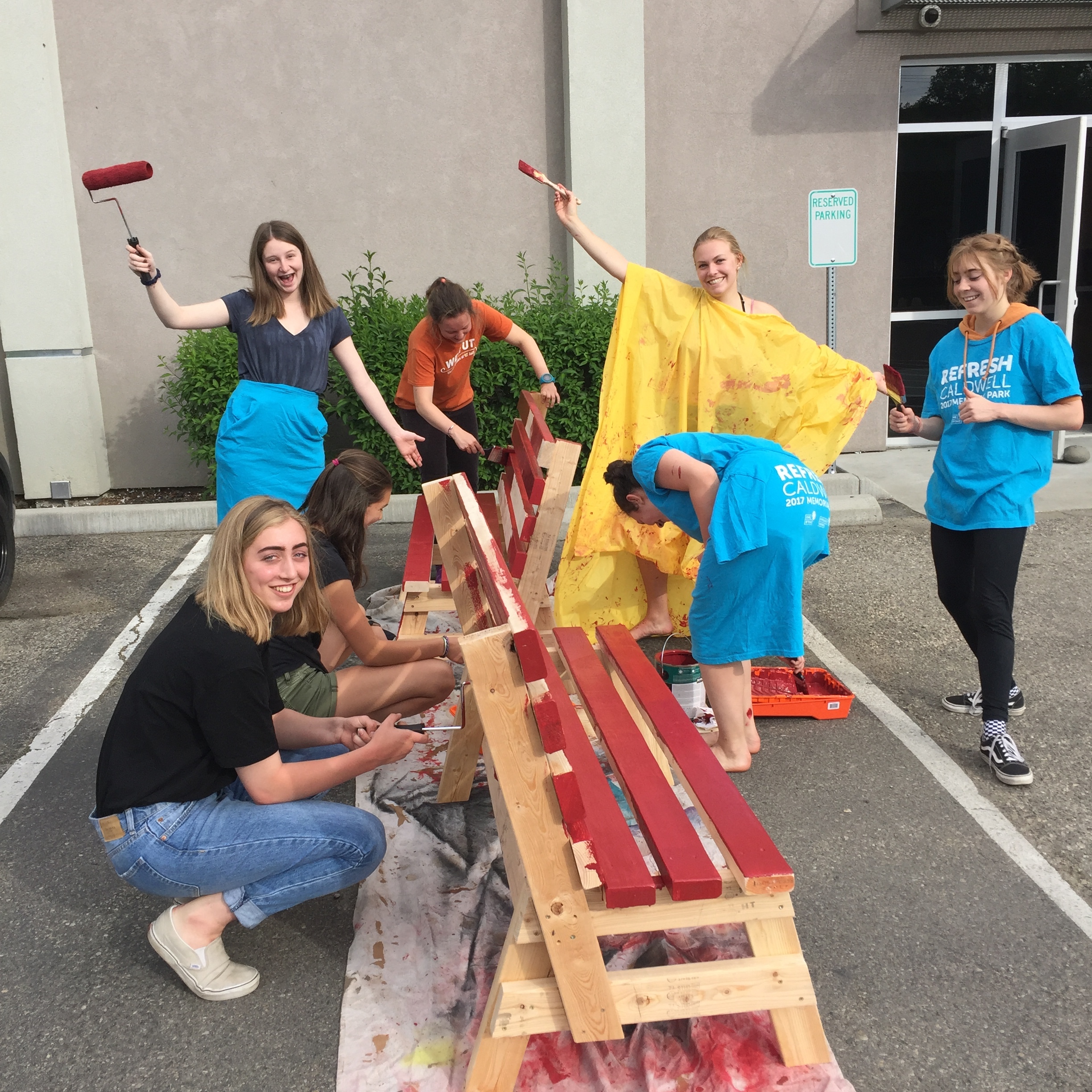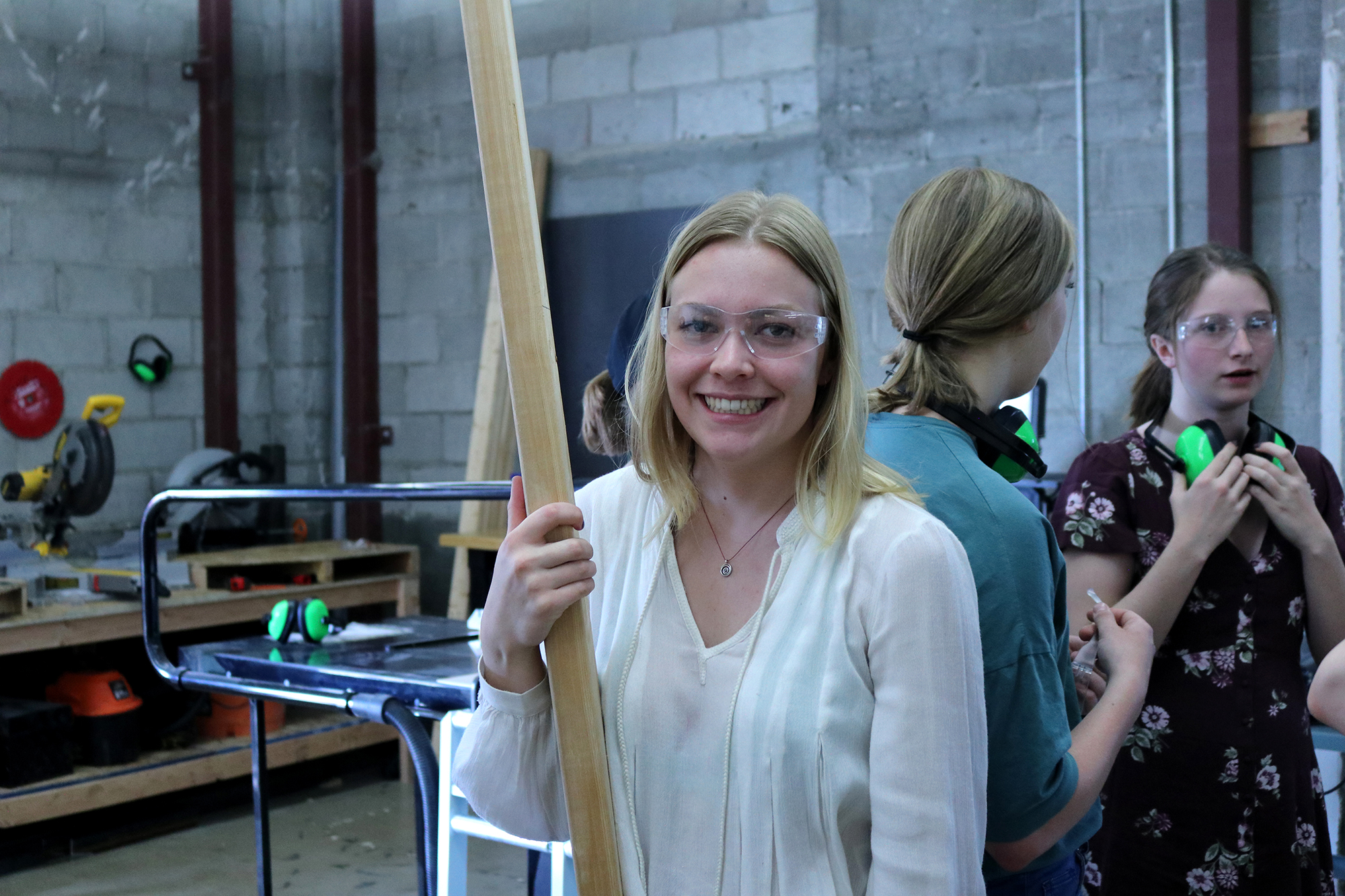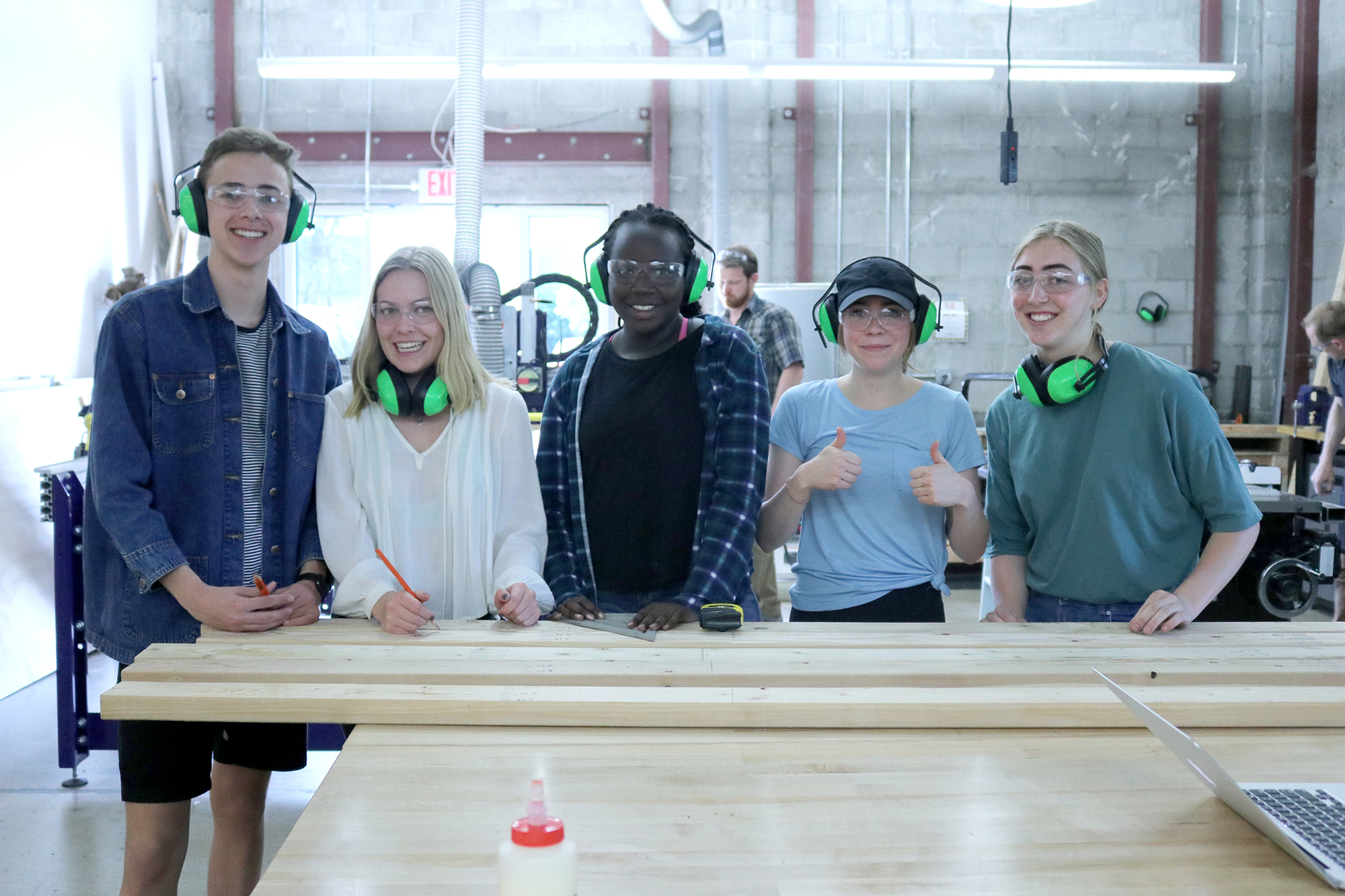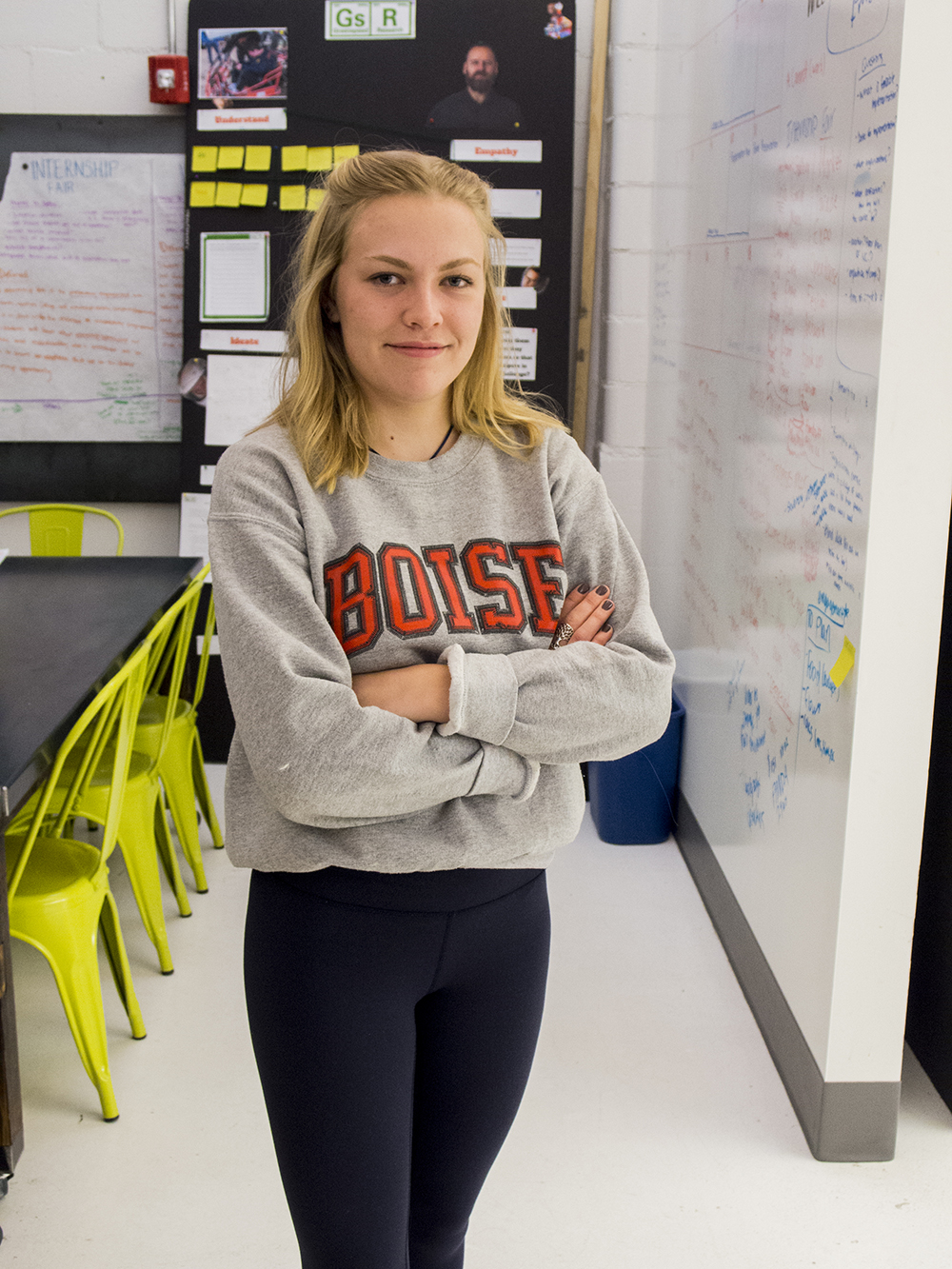Ruby B. is a junior at Boise High School, and an engaged member of Project Good and the One Stone community.



By Ruby B.
My first involvement with One Stone was on a rainy night in the September of my sophomore year. It was the Project Good kickoff, in the old building on Emerald. As I was rotated through the differently (and brightly) colored rooms of the space, I was told about a certain concept that I now associate with One Stone. What does empathy have to do with designing projects? I thought to myself, somewhat confused. I barely even had a working definition for the word, let alone an understanding of how it could function in a group project.
The notion became more clear to me, particularly with a project with the Good Samaritan Home on State Street. The goal for our group was to build community between the residents at this establishment, and we’d been planning a “get to know you” event for weeks that would allow us to get to know the residents and what they hoped we could do. Implementation night rolled around, and we found that the Good Samaritan Home was going to need more help than we had originally thought. We could design a project for as long as we wanted -- but it wouldn’t have the desired effect without keeping their needs at the forefront of our mission, rather than what we wanted to implement. These residents have differing physical and cognitive abilities, as well as varying backgrounds regarding homelessness. Each person was unique and had a different story to tell.
Listening to their stories was challenging because we learned that one of the groups who had previously worked with them were psychology students. Initially, this seemed to have made them distrustful and intimidated by our presence. To them, we appeared to be a group of teens who wanted to study behavior patterns with the residents rather than build relationships with them. We learned that, next time, we will make sure to pay closer attention to our body language and embrace the inviting nature at the Good Samaritan Home so we can prevent isolation.
This project has allowed me to see empathy in a new light; there isn’t a typical resident at the Good Samaritan Home. However, this also causes us to go further with our design thinking skills to focus on something that would be an effective, meaningful solution for all the residents.
Practicing empathy has impacted virtually all aspects of my life as well. Thanks to my time at One Stone, I have fostered meaningful relationships with the staff members and students. One Stone has become a personal safe space for me and many of my peers; somewhere to go where I know I am valued – a place where I am encouraged to share my thoughts and ideas with other team members. We use empathy everyday knowing that every person contributes valuable experience, skills, and ideas to One Stone’s culture in order to create equality of voice.
When I walk through the front doors of One Stone, I can always expect to see a friendly face asking how my day was, or if I’d want to help with a new project. One Stone empowers high school students to find their true value in the community, while using power skills like empathy in order to disrupt for good.



